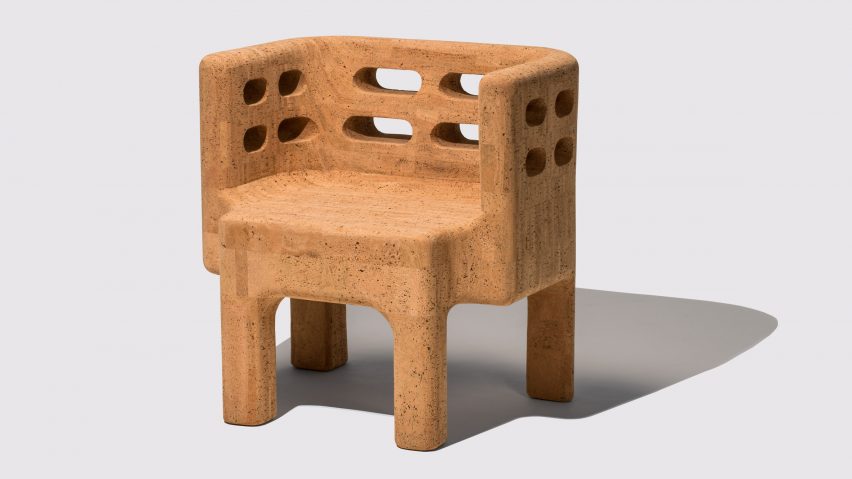
Amorim Cork Composites spotlights the versatility of cork
Promotion: architects and designers are increasingly finding new ways to use cork to help reduce the carbon footprint of their projects, according to Portuguese company Amorim Cork Composites.
As the innovation arm of the world's largest cork producer Corticeira Amorim, Amorim Cork Composites, has seen a marked uptick in interest over the last few years, whether producing furniture for designer Tom Dixon and the Campana Brothers, creating door handles for architect Eduardo Souto Moura or supplying wall panels for Counterspace's 2021 Serpentine Pavilion.
The company describes cork as "one of the world's most versatile materials", as it provides both thermal and acoustic insulation on top of being naturally impact absorbent, anti-slip and soft to the touch.
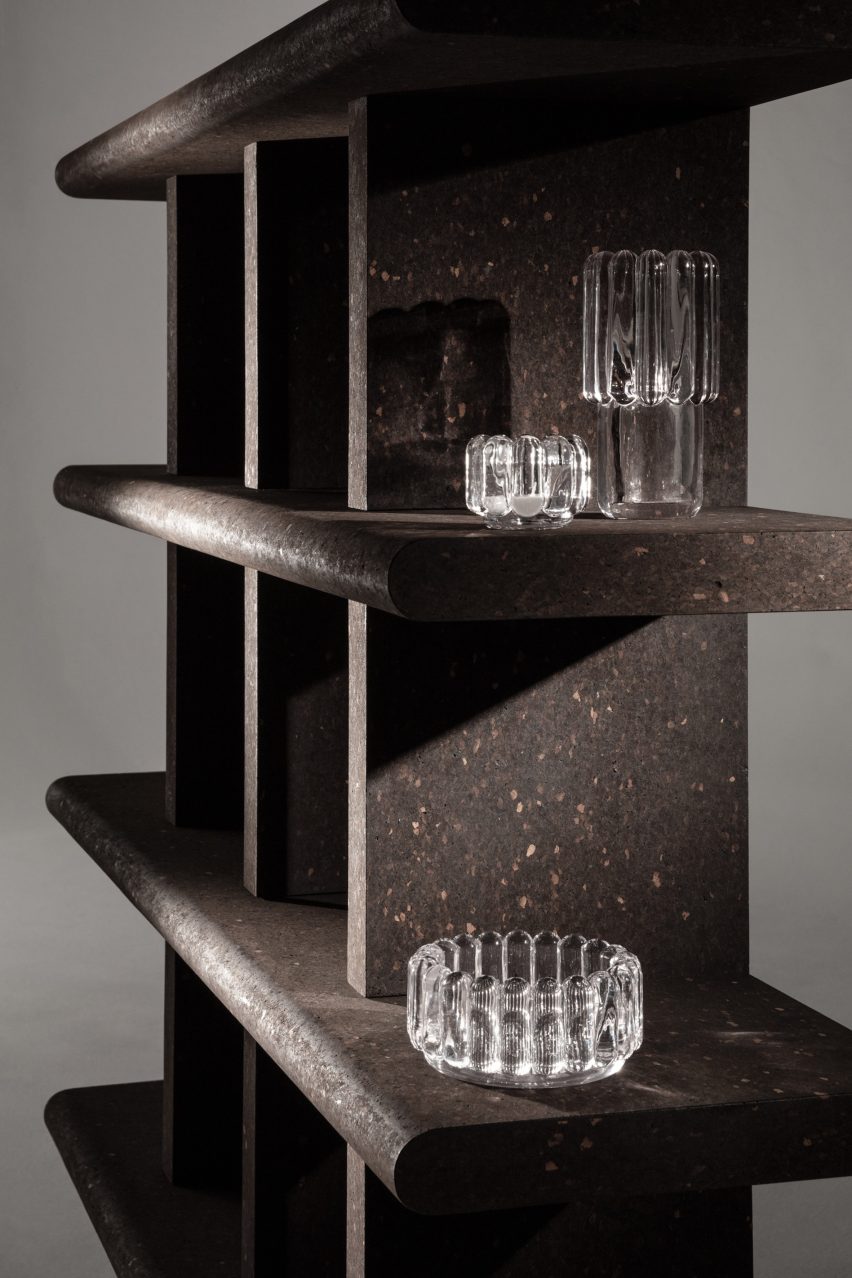
Cork has the ability to sequester carbon while replacing other, more polluting materials.
That's because cork is a renewable natural material derived from the outer bark of the cork oak, which grows mainly in western Mediterranean countries such as Portugal.
Here, cork forests retain up to 73 tons of carbon dioxide for each ton of cork harvested every year in a process that, unlike timber production, leaves the tree standing and sequestering carbon.
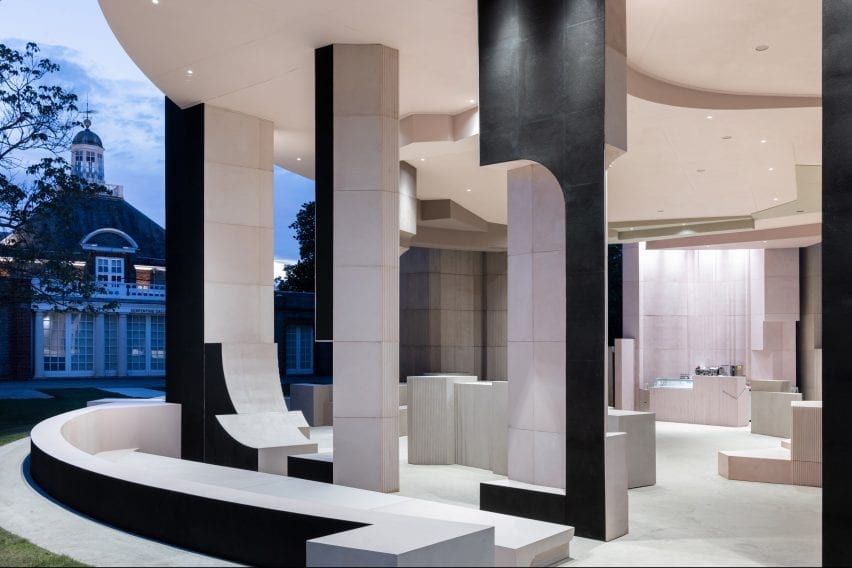
Most often, cork is still used for the production of bottle stoppers. But manufacturers such as Amorim Cork Composites are increasingly exploring new ways to make composites and novel products by reusing any cork that went to waste in the manufacturing process.
This sees the material combined with other natural materials such as clay, foams, wood and metal in table, kitchen, office accessories, furniture and lighting.
"There are countless objects produced with cork that are stunning in their beauty and contemporary design," said Amorim Cork Composites.
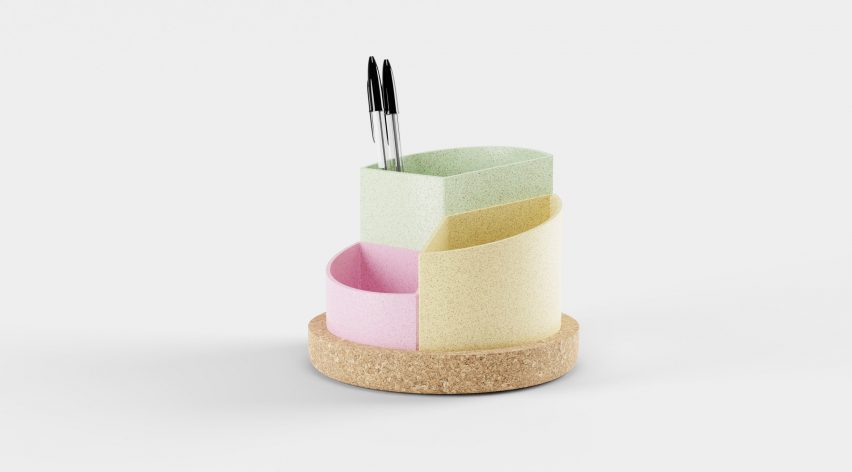
Another example is Cork Polymer Compounds, which are bio-composites produced through a process that mixes cork and polymers, which has the "malleability and durability of thermoplastics and on the other, the lightness, resilience, and sustainability of cork".
"Cork's low density allows it to reduce the volume of plastic consumed up to 60 per cent, representing a more sustainable alternative when compared to 100 per cent plastic-based materials," said Amorim Cork Composites.
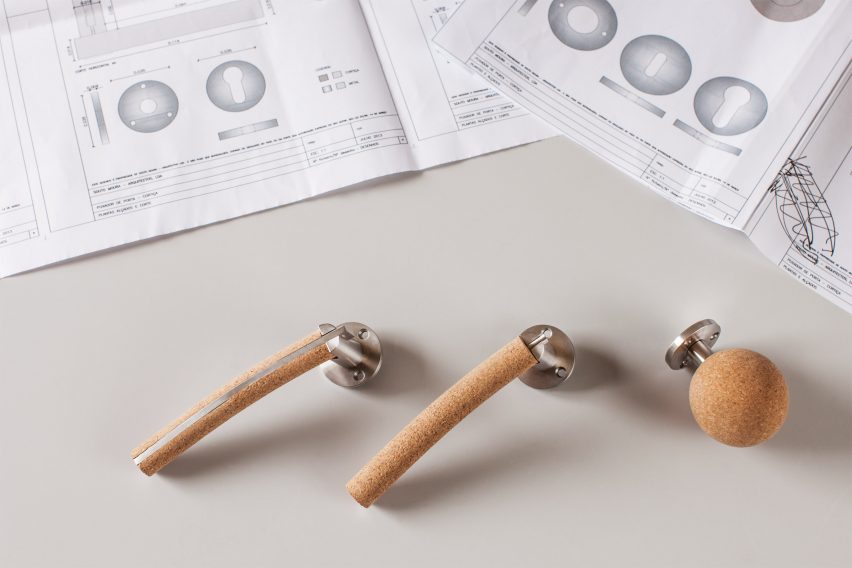
Last year, the company created the ACC Design Studio to further push the boundaries of what can be made from cork.
The creative studio develops new innovative materials and concepts in collaboration with designers, architects and brands and provides them with ongoing technical support throughout their projects.
To find out more, visit the company's website.
Partnership content
This article was written by Dezeen for Amorim Cork Composites as part of a partnership. Find out more about Dezeen partnership content here.